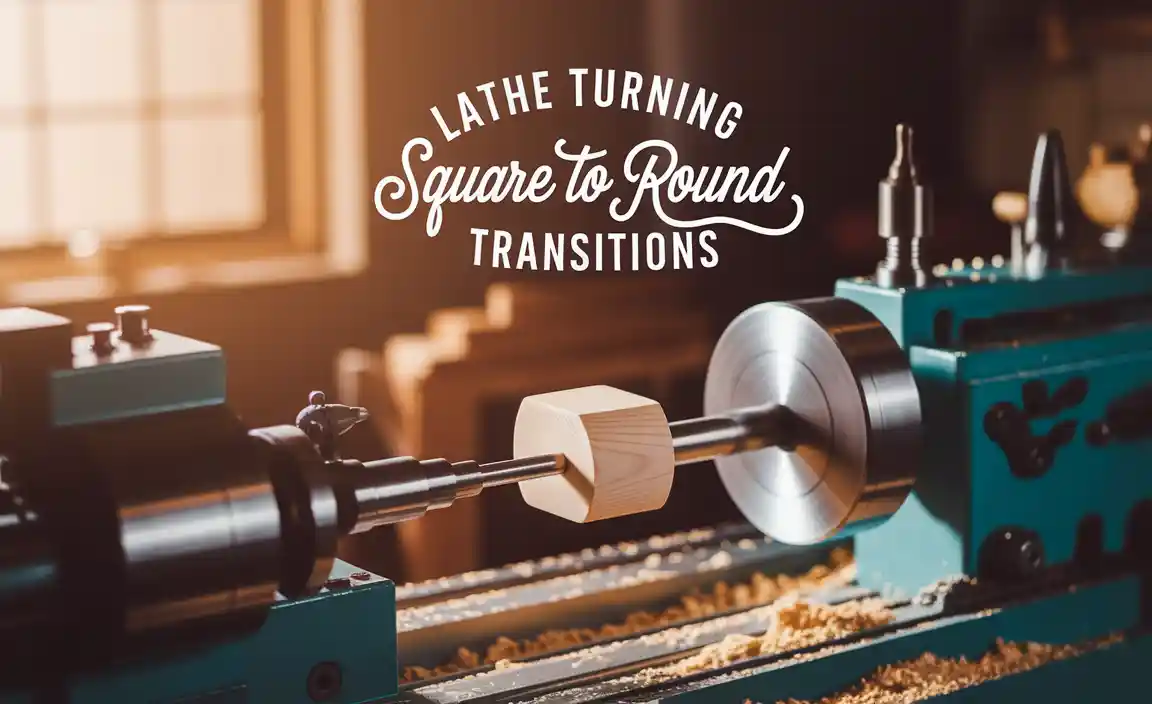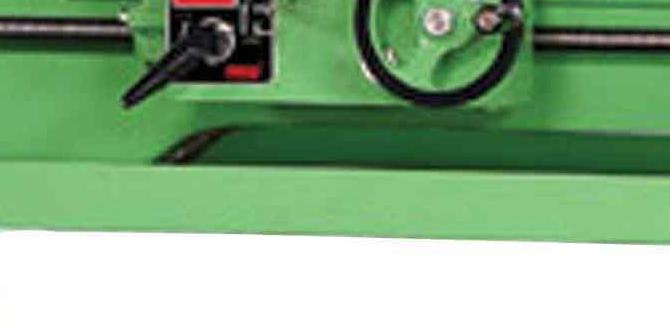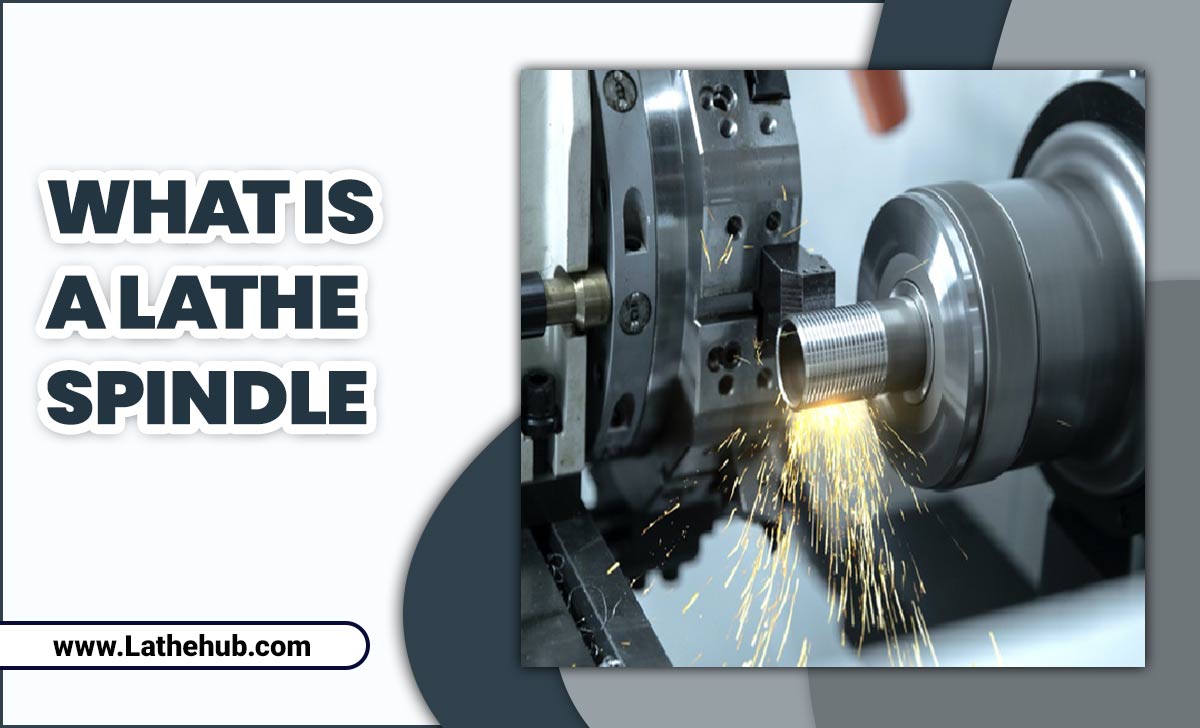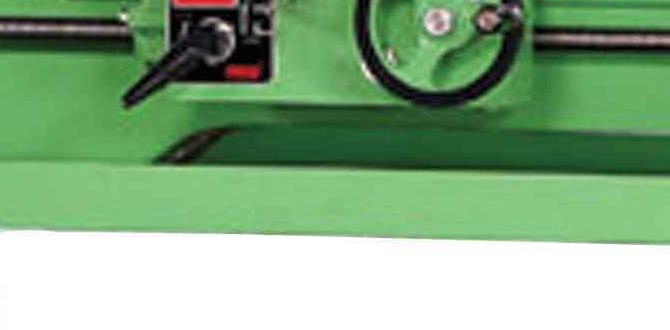Wood lathe dust extractor attachment: stunning solution for a cleaner and safer workshop. For woodturners, the desire to create beautiful pieces often comes with the unwelcome byproduct of fine wood dust. This pervasive nuisance can settle on every surface, irritate airways, and even pose a fire hazard. Fortunately, a robust wood lathe dust extractor attachment offers a stunningly effective solution to this persistent problem, transforming your workspace from a dusty deterrent into a haven for creativity.
The reality of woodturning is that it’s an inherently dusty process. Every turn of the workpiece, every pass of a chisel, sends microscopic particles of wood into the air. This dust doesn’t just make a mess; it can have significant health implications. Inhaling fine wood dust can lead to respiratory issues, from simple irritation and coughing to more serious conditions like occupational asthma or even long-term lung damage. Beyond personal health, the accumulation of flammable wood dust presents a real fire risk, especially in a workshop environment where static electricity can easily be generated. Traditional methods of dust control, like sweeping or manual wiping, are often insufficient to capture the fine particles that linger in the air and settle into every nook and cranny. This is where the power of a dedicated wood lathe dust extractor attachment truly shines.
The Mechanics of a Wood Lathe Dust Extractor Attachment
At its core, a wood lathe dust extractor operates on a simple yet highly effective principle: creating a localized vacuum to capture dust at its source. Unlike general workshop dust collectors, a wood lathe dust extractor attachment is specifically designed to integrate seamlessly with your lathe. These attachments typically consist of a shroud or enclosure that fits snugly around the spinning workpiece and the cutting tool. This shroud is connected via a hose to a powerful dust collection unit.
As you turn and shape the wood, the dust and shavings are generated right next to the shroud. The high-velocity airflow generated by the dust collector is drawn through the shroud, effectively “grabbing” the airborne particles before they have a chance to disperse into the workshop. This captured dust is then channeled away through the hose into a collection bag or bin, leaving your immediate working area remarkably clean. The efficiency lies in the proximity and directed airflow – the extraction happens precisely where and when the dust is created.
Benefits Beyond Mere Cleanliness
The advantages of implementing a wood lathe dust extractor attachment extend far beyond simply having a tidier workspace. The most immediate and significant benefit is improved air quality. By capturing dust at its source, you drastically reduce the amount of particulate matter suspended in the air. This means less irritation for your eyes, nose, and throat, making for a much more comfortable and enjoyable turning experience. For amateur hobbyists and seasoned professionals alike, breathing cleaner air is a crucial step towards maintaining long-term health and well-being.
Furthermore, a clean workshop is a safer workshop. As mentioned, wood dust is highly flammable. Accumulated dust on benches, machines, and the floor can easily ignite, leading to swift and devastating workshop fires. A dust extractor dramatically minimizes this risk by removing the fuel source – the dust itself. Moreover, by keeping your lathe and surrounding tools free of dust buildup, you can improve their operational efficiency and longevity. Dust can interfere with moving parts, clog filters, and generally degrade the performance of your equipment. Regular cleaning, facilitated by a dust extractor, means your tools will perform at their best for longer.
Choosing the Right Wood Lathe Dust Extractor Attachment
When selecting a wood lathe dust extractor attachment, consider several factors to ensure you get the most suitable solution for your needs. Firstly, compatibility with your lathe is paramount. Some attachments are universal, while others are designed for specific lathe models. Measure your lathe’s headstock and tool rest arrangement to ensure a proper fit.
Secondly, consider the power of the dust collection unit. For small-scale hobbyists, a smaller, more portable unit might suffice. However, for frequent and heavier use, a more powerful unit with a larger capacity will be necessary to keep up with the dust generation. Look at the static pressure (SP) and cubic feet per minute (CFM) ratings of the dust collector, as these figures indicate its suction power and airflow capacity.
Thirdly, think about the design of the shroud. Different shroud designs exist, each with its own pros and cons. Some are designed to enclose the entire workpiece, while others focus on the area immediately around the cutting tool. Read reviews and compare designs to find one that offers effective dust capture for your typical turning tasks. Finally, ease of installation and maintenance is important. You want an attachment that is straightforward to set up and doesn’t require excessive effort to clean and maintain.
Integrating Your Dust Extraction System
A good dust extraction system often involves more than just the wood lathe dust extractor attachment. Many woodturners complement their lathe-specific setup with a general workshop dust collector. This allows for the capture of dust generated during sanding, finishing, or cleaning up shavings that might escape the lathe shroud. Connecting various tools to a central dust collection system via blast gates and flexible hoses creates a comprehensive dust management solution for your entire workshop. This integrated approach ensures that dust is controlled at every stage of your woodworking process.
In conclusion, a wood lathe dust extractor attachment is not merely an accessory; it’s a vital investment for any serious woodturner. It offers a stunning solution to the pervasive problems of wood dust, enhancing both the health and safety of your workshop and the quality of your work. By effectively capturing dust at its source, you can breathe easier, turn with greater confidence, and enjoy the creative process without the relentless battle against airborne particles. Embracing this technology is a clear path towards a cleaner, safer, and more productive creative haven.






